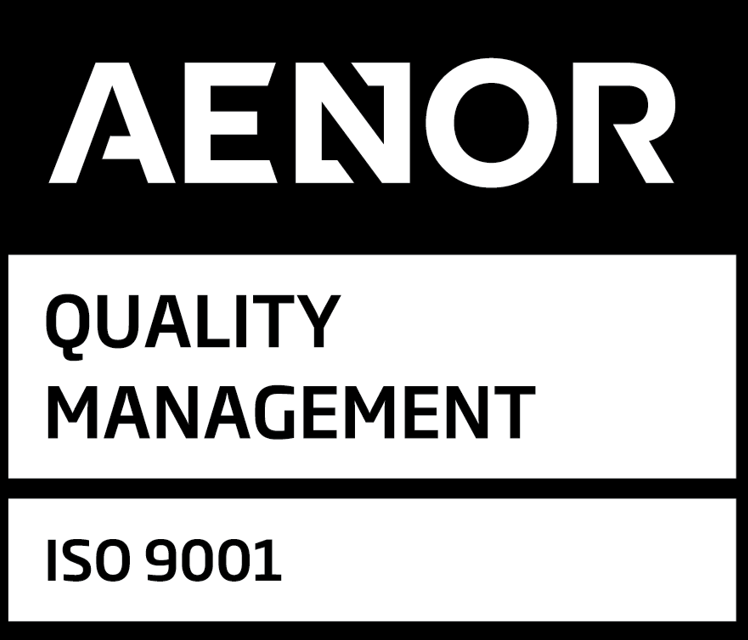The future of in vitro diagnostics is being written at the intersection of tighter regulation, workforce pressure, and data‑driven innovation. Under the EU In Vitro Diagnostic Regulation (IVDR), evidence expectations and lifecycle obligations have risen sharply, changing how products are designed, validated, and maintained in the market. For manufacturers, success now depends on pairing scientific advances with stronger clinical evidence strategies, interoperable data flows, and operational resilience across supply, quality, and post‑market systems.
Demand is rising while systems are stretched
Backlogs from the pandemic have converged with long‑standing workforce shortages, particularly in diagnostic specialties, delaying access and lengthening diagnostic pathways. The OECD’s Health at a Glance: Europe 2024 highlights these shortages as a structural risk to access, quality, and system resilience—evidence that the pressure to do more with fewer people is not easing soon. For diagnostics leaders, that reality elevates the value case for automation, near‑patient testing, and real‑world evidence that proves earlier, faster decisions.
Market momentum is real—if evidence and access align
IVDs remain a cornerstone of Europe’s medtech economy and the largest segment globally by sector share, signaling robust demand for better, earlier diagnostics. But translating that momentum into market access requires credible performance evaluation, clear intended‑purpose claims, and a plan for post‑market performance follow‑up that stands up to Notified Body scrutiny. (MedTech Europe DataHub – Market).
IVDR is raising the bar—and capacity is still normalizing
IVDR’s higher evidence threshold is now a constant, but Notified Body (NB) capacity and throughput continue to shape time‑to‑market. The European Commission’s latest Notified Bodies Survey shows progress on designations and certifications under MDR/IVDR while acknowledging persistent bottlenecks—practical context for planning dossier quality, NB engagement, and transition timelines. Manufacturers that front‑load clinical evidence planning and close gaps against GSPR, PER, and PMPF requirements are better positioned to move through review without costly rework.
What the next decade looks like for IVD innovators
Expect faster iteration cycles powered by cloud connectivity and AI‑assisted analytics, paired with stronger governance of data provenance, cybersecurity, and change control. Procurement and HTA bodies will demand interoperable outputs that feed clinical systems and population analytics. In practice, this means designing for the 4P future—predictive, preventive, personalized, and participatory—while proving clinical performance and patient‑management claims under IVDR. Aligning technical files, labeling, and performance evaluation with clinical utility (not just analytical superiority) will increasingly differentiate winners.
What leaders should do now
Treat clinical evidence as a product pillar from day one—map intended purpose, target population, and clinical benefit to a coherent performance evaluation plan that integrates literature, device‑generated data, and targeted clinical performance studies. Build for integration and reuse of data across care settings to ease adoption and payer evaluation. Engage NBs early with complete, audit‑ready files. And make post‑market performance follow‑up a source of competitive insight, not a compliance afterthought.
How MDx CRO accelerates IVD market readiness
MDx CRO helps IVD manufacturers compress time‑to‑evidence and navigate IVDR with confidence—from regulatory strategy and technical documentation to clinical performance studies and post‑market performance follow‑up. We translate regulatory expectations into practical study designs and submission‑ready deliverables, then stay with you through NB interactions and lifecycle monitoring. Explore our IVD regulatory services and clinical research support, or contact us to scope a market‑access plan tailored to your portfolio.








